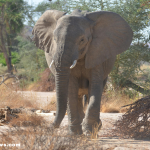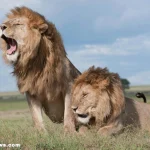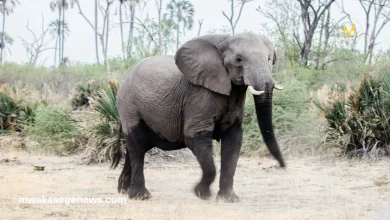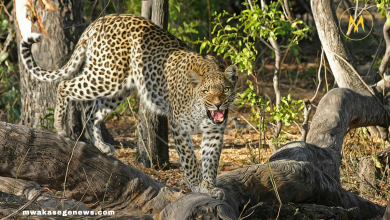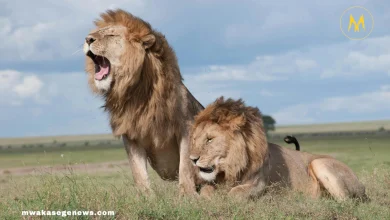Elephants and Humans: A Bond That Spans Thousands of Years
Exploring the Emotional and Historical Connection Between Two Intelligent Species

Introduction
For thousands of years, elephants and humans have shared a unique relationship marked by cooperation, admiration, and sometimes conflict. These majestic creatures have played central roles in human culture, religion, and survival. In modern times, the connection continues through conservation, tourism, and emotional understanding. This post explores the depth of the bond between elephants and humans, shedding light on how it has evolved over millennia.
Ancient Connections
Elephants appear in ancient carvings, scriptures, and stories across many civilizations. From the temples of India to the legends of Africa, elephants were not only beasts of burden but also symbols of strength and wisdom. Historical records show that Asian elephants were domesticated over 4,000 years ago for work and warfare. In Africa, they were revered in tribal traditions and folklore.
Cultural Significance
ALSO READ: 5 Baby Elephants: How They Learn to Survive in the Wild
Elephants hold sacred status in many cultures. In Hinduism, the elephant-headed god Ganesha represents wisdom and the remover of obstacles. In Buddhism, the white elephant symbolizes purity and spiritual strength. African cultures often view elephants as totems of leadership, family, and memory. These beliefs have fostered respect and efforts to live in harmony with them.
Emotional Intelligence and Memory
Scientific studies reveal that elephants possess advanced emotional intelligence. They show empathy, grief, cooperation, and even self-awareness. Their strong memory and social bonds make them more relatable to humans. Elephants remember watering holes over long distances and grieve for lost family members. Such traits continue to fascinate researchers and animal lovers alike.
Elephants in Human Service
Throughout history, elephants have served humans in various ways. In ancient Asia, they were trained for war and transportation. Today, elephants are involved in logging, ceremonial events, and wildlife tourism. Unfortunately, this use has often come at the cost of their well-being, raising ethical concerns about captivity and overworking.
Conservation and Modern Challenges
The relationship between elephants and humans now faces critical challenges. Habitat loss, poaching for ivory, and climate change threaten elephant populations globally. Conservationists are working to protect their habitats, enforce anti-poaching laws, and educate communities. Ecotourism also plays a role in supporting both elephant welfare and local economies.
Human-Elephant Conflict
In some regions, expanding human settlements lead to conflict. Elephants raid crops and property, causing economic losses. In retaliation, they are sometimes harmed. This tension requires innovative solutions such as early warning systems, eco-fences, and community-based conservation projects.
Final Thoughts
ALSO READ: 7 Most Popular Dog Breeds and What Makes Them Unique
The bond between elephants and humans is as deep as it is complex. These magnificent creatures have walked beside us in history, faith, and emotion. Preserving this relationship means understanding their needs, respecting their intelligence, and protecting their future. With education and ethical practices, humans and elephants can continue to coexist in harmony.
Frequently Asked Questions (FAQs)
Elephants demonstrate complex emotions, problem-solving skills, and social behaviors. They recognize themselves in mirrors, mourn their dead, and work cooperatively.
It dates back over 4,000 years, with evidence of domestication and cultural involvement from ancient civilizations in Asia and Africa.
They have served in war, transportation, agriculture, and ceremonial events. They’ve also been featured in religion, art, and folklore.
They mourn lost companions by staying near the body, gently touching bones, and showing visible signs of sadness.
Yes. In some areas, elephants are used for tourism, rituals, and light work, though this practice is increasingly controversial.
Poaching for ivory and habitat loss due to human expansion are the most serious threats.
Support ethical tourism, donate to conservation organizations, avoid ivory products, and spread awareness about elephant welfare.
Yes, especially female elephants. They live in matriarchal herds led by an elder female and maintain strong social bonds.
They use low-frequency sounds and vibrations to communicate over several kilometers, a trait known as infrasound communication.
Yes. Many countries have laws against ivory trade and elephant captivity. International agreements like CITES regulate protection efforts.


